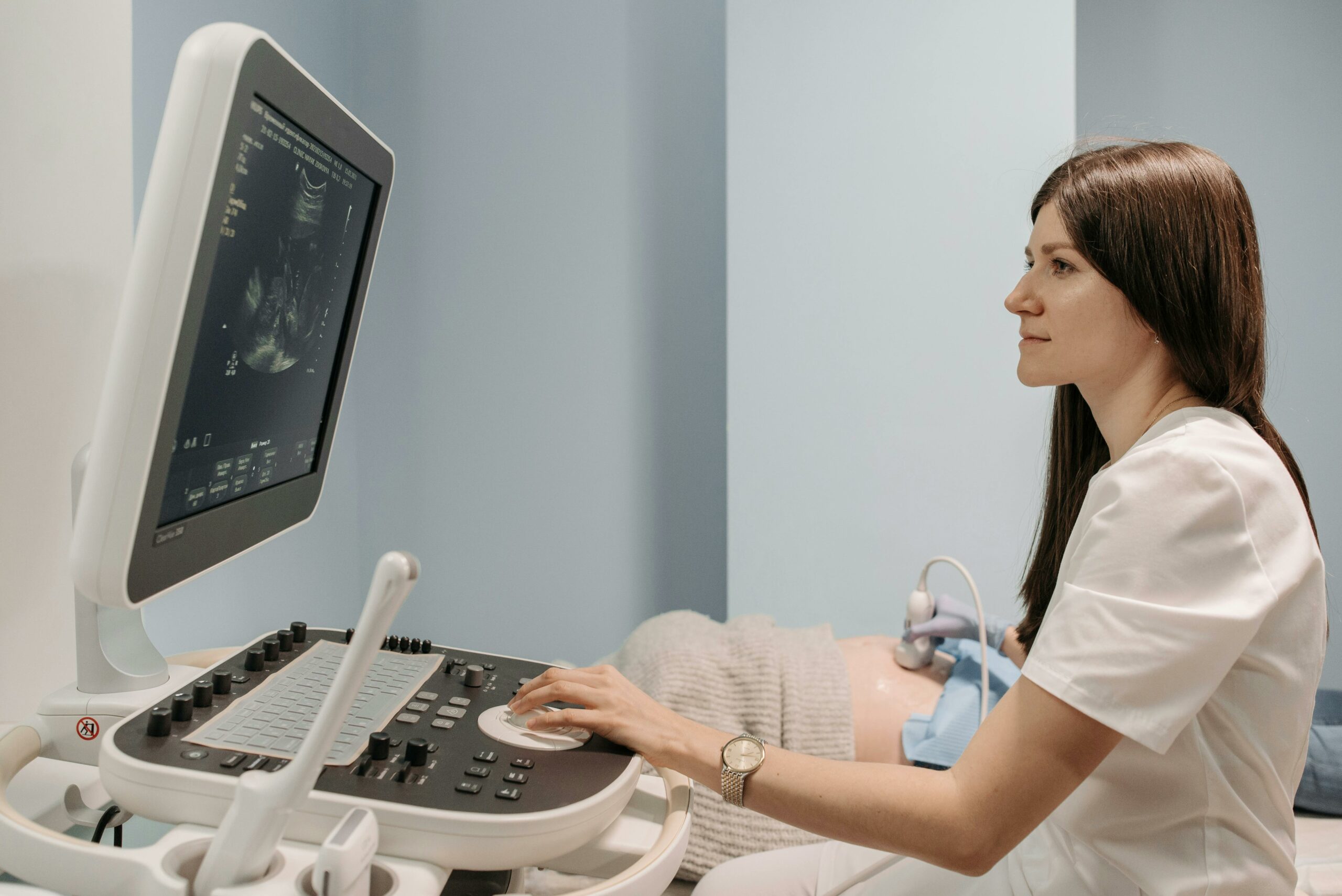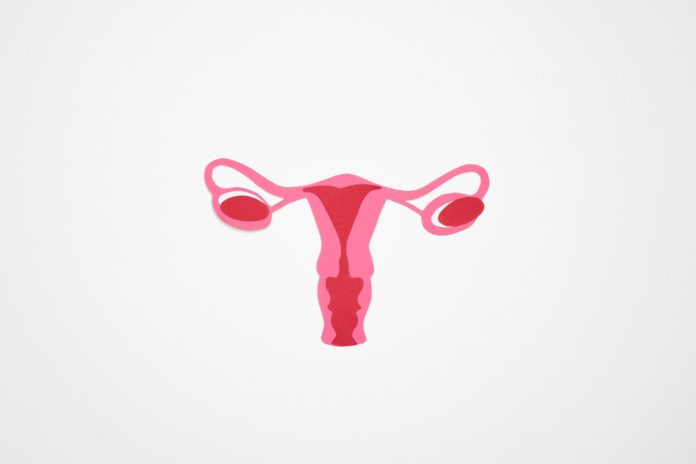In light of Endometriosis Awareness Month, it is important to spread awareness of the condition that affects approximately 10 per cent of women in Ireland.
Endometriosis is when tissue or cells similar to the lining of the uterus, called the endometrium, grow outside the uterus.
This leads to inflammation and the growth of scar tissue in the pelvic area and on occasion, elsewhere in the body.

Dr. Anne Marie Coady, Gynaecological Radiologist at Blackrock Health Hermitage Clinic, who operates an ultrasound clinic for the diagnosis and assessment of Endometriosis is tackling some common misconceptions about the condition to tie in with Endometriosis Awareness Month.
She told Goss.ie: “Endometriosis can manifest in many ways making it challenging for people to receive a correct diagnosis.”
“International figures show that it takes a mean of eight years to receive a diagnosis from first presentation meaning that women are often left suffering for far longer than they need to. There are a variety of reasons for this, including the varied nature of symptoms and misconception around diagnosis.”

Dr. Coady has identified some misconceptions associated with the condition and its diagnosis.
1. Endometriosis only affects the reproductive organs
Dr. Coady said: “It’s a common misconception that endometriosis only affects the reproductive organs. With this condition, tissue similar to the lining of the uterus grows in other areas leading to inflammation and scar tissue developing in areas quite distant from the pelvis including the liver and lungs in addition to the bladder and ureters, as well as the bowel including the appendix.”
2. You need to have a full bladder for a pelvic ultrasound scan
She said: “There is a myth that patients attending for a pelvic ultrasound need to have a full bladder, however the diagnostic scan for endometriosis and other pathological conditions is a transvaginal scan with an empty bladder required.”
Dr. Coady continued: “In most cases, I recommend patients to attend with an empty bladder as a transvaginal is scan required. This also makes the experience more comfortable for patients.”

3. Endometriosis can be diagnosed at any stage in the disease
Dr Coady says: “Early-stage endometriosis will not be detected by an imaging modality neither transvaginal ultrasound nor MRI scan. Early-stage disease does not require surgery however but rather appropriate hormonal manipulation and pain relief. The transvaginal scan may detect other possible causes for symptoms.”
4. Pelvic pain is the only symptom of endometriosis
There are a number of different symptoms of Endometriosis, these include (but are not limited to):
- Pain in your lower abdomen or back (pelvic pain) in the lead up to the onset of menstruation, progressing during your period. The pain would be considered worse than ‘normal’ period cramps and may not respond to basic pain medication.
- Period pain that stops you from doing normal activities, causes you to miss social events or happens at other times of the month when you are not menstruating (such as halfway through your cycle).
- Heavy bleeding during your period – you might notice this by needing to use a lot of sanitary products or bleeding through your clothes.
- Pain during or after intercourse.
- Pain when going to the toilet to urinate or for a bowel movement that is worse during the time of your period.
- Experiencing nausea, constipation, diarrhoea, or blood in your urine or in your bowel motions during your period.
- Experiencing difficulty getting pregnant.
According to Dr. Coady: “Not all pelvic pain is endometriosis, but if you are experiencing any of the symptoms listed above, you should contact your GP. Your GP can assess your symptoms and refer you to a specialist for further investigations if required.”

Goss.ie previously chatted to Dr. Doireann O’Leary to hear her thoughts and knowledge on the chronic condition.
You can read the full article here.
For more information, women can also head over to the Endometriosis Association of Ireland’s website where they can become a member and help advocate for change.

